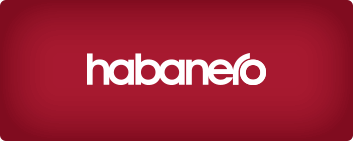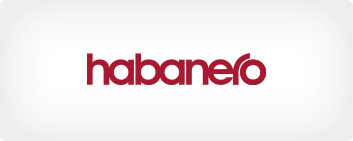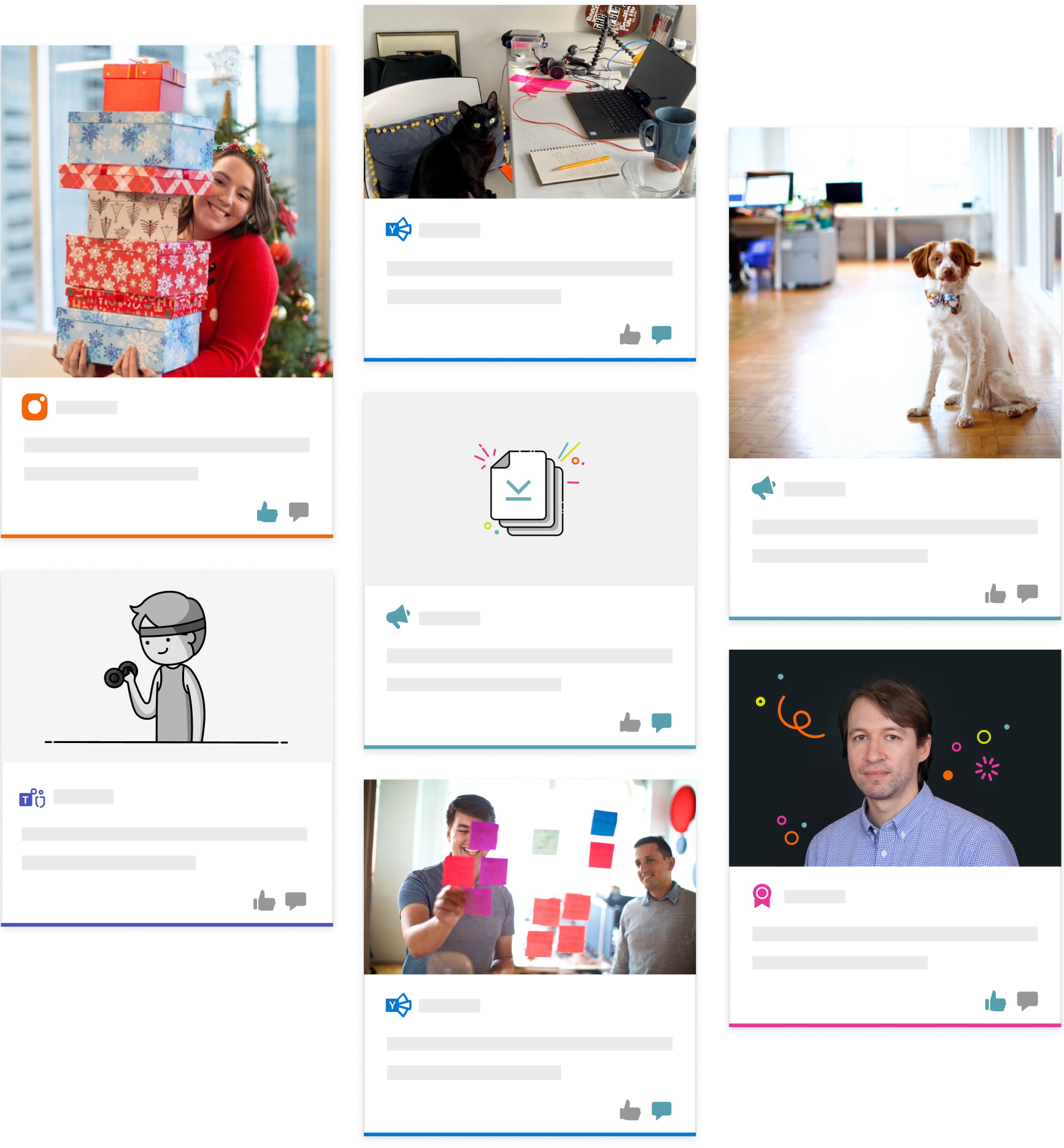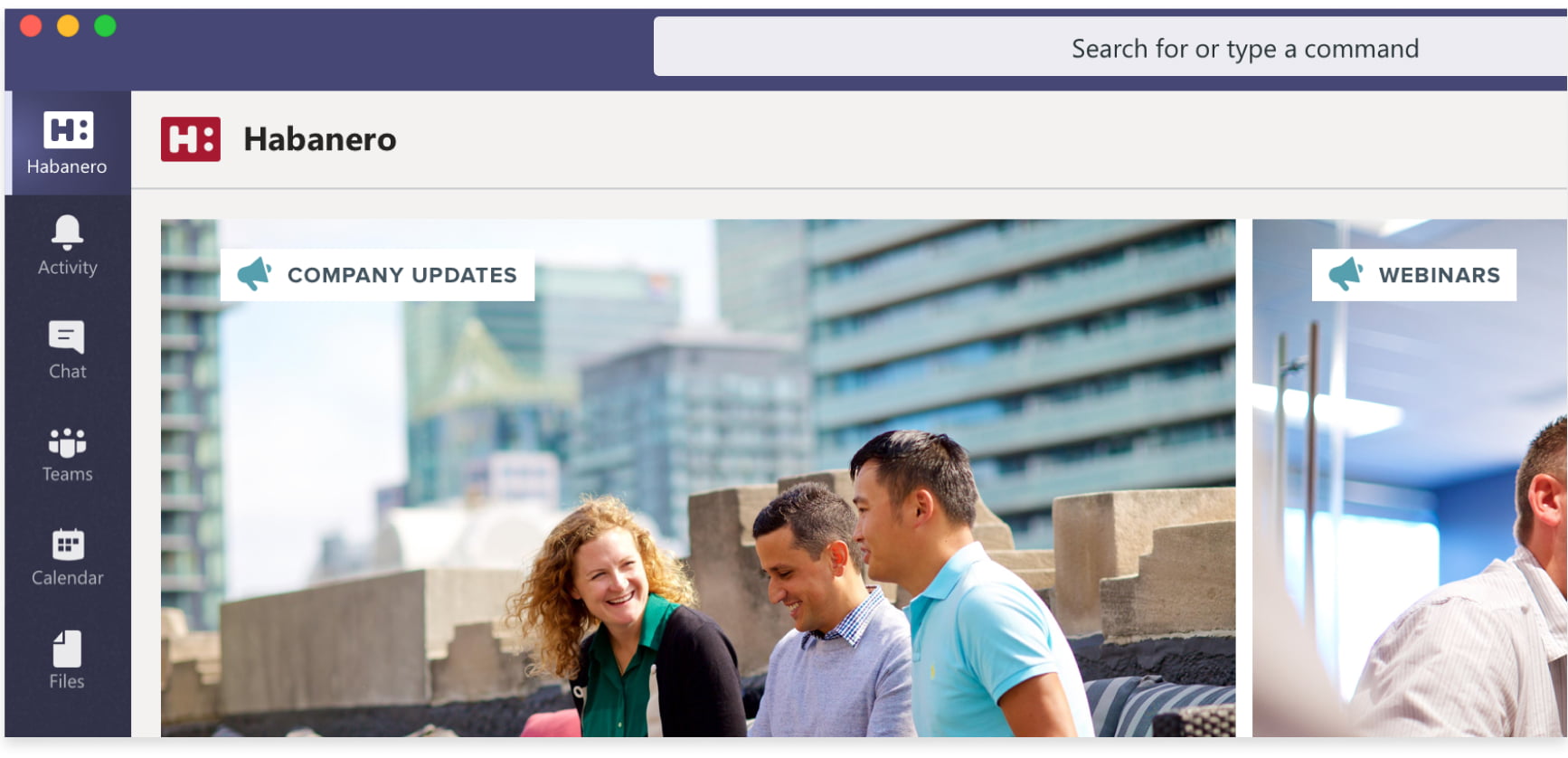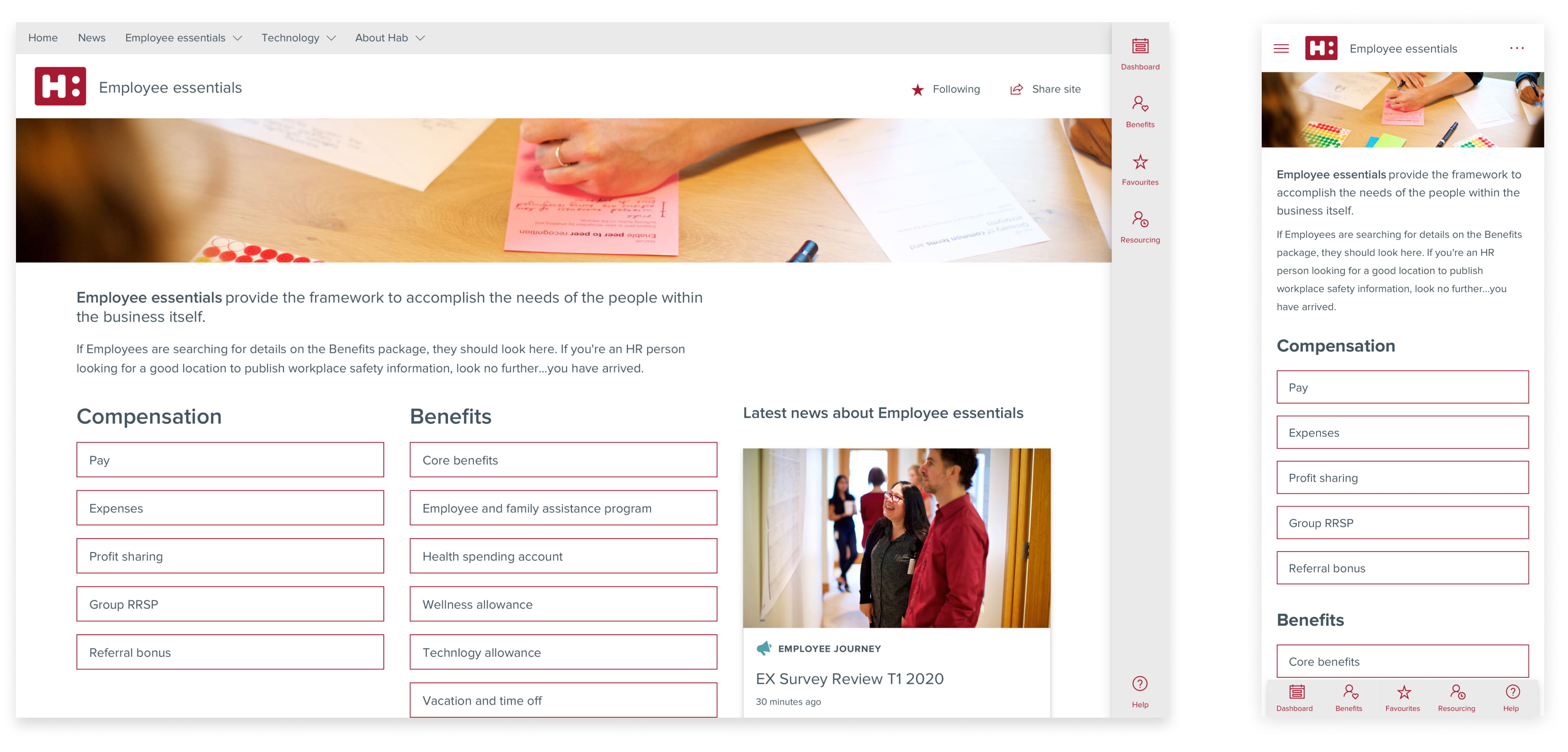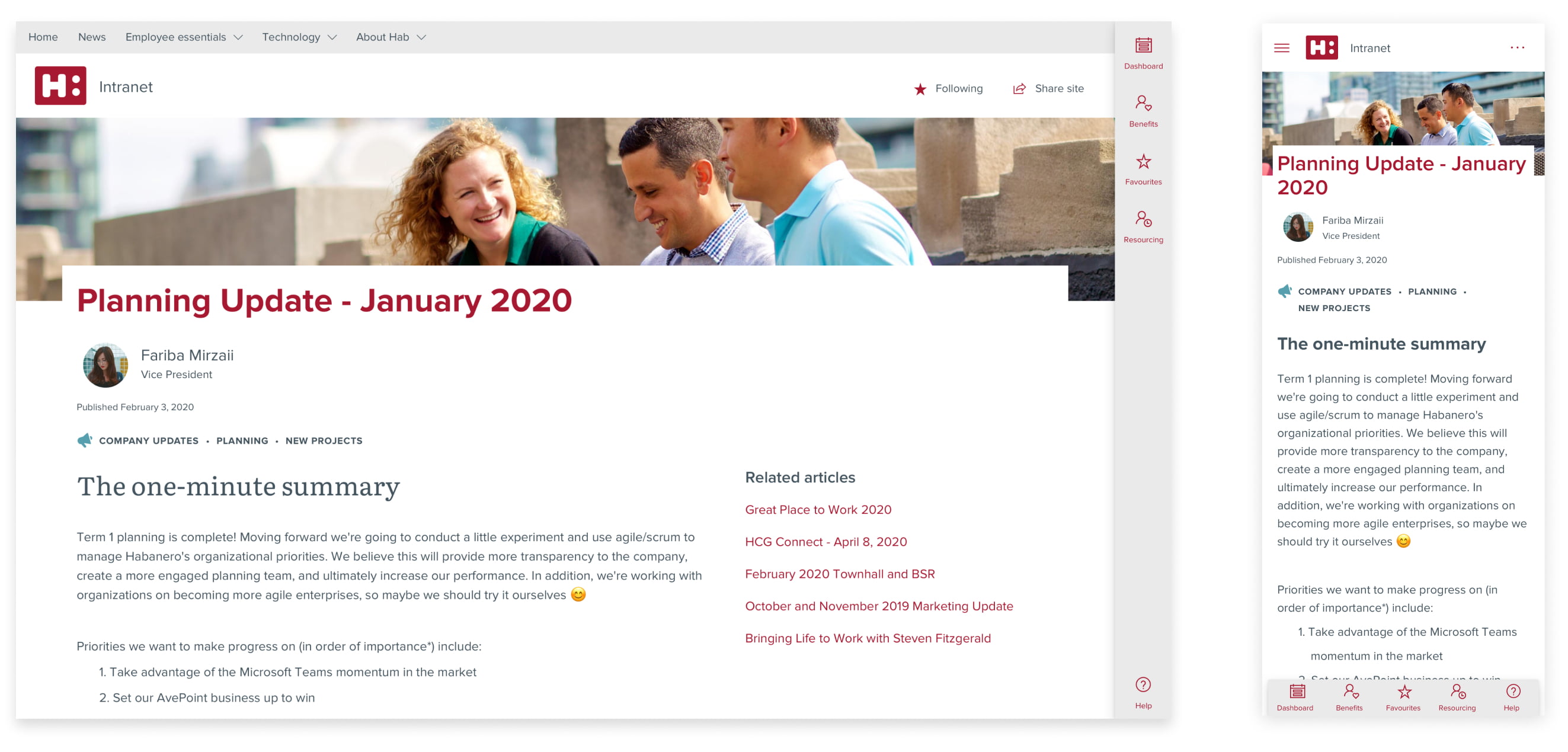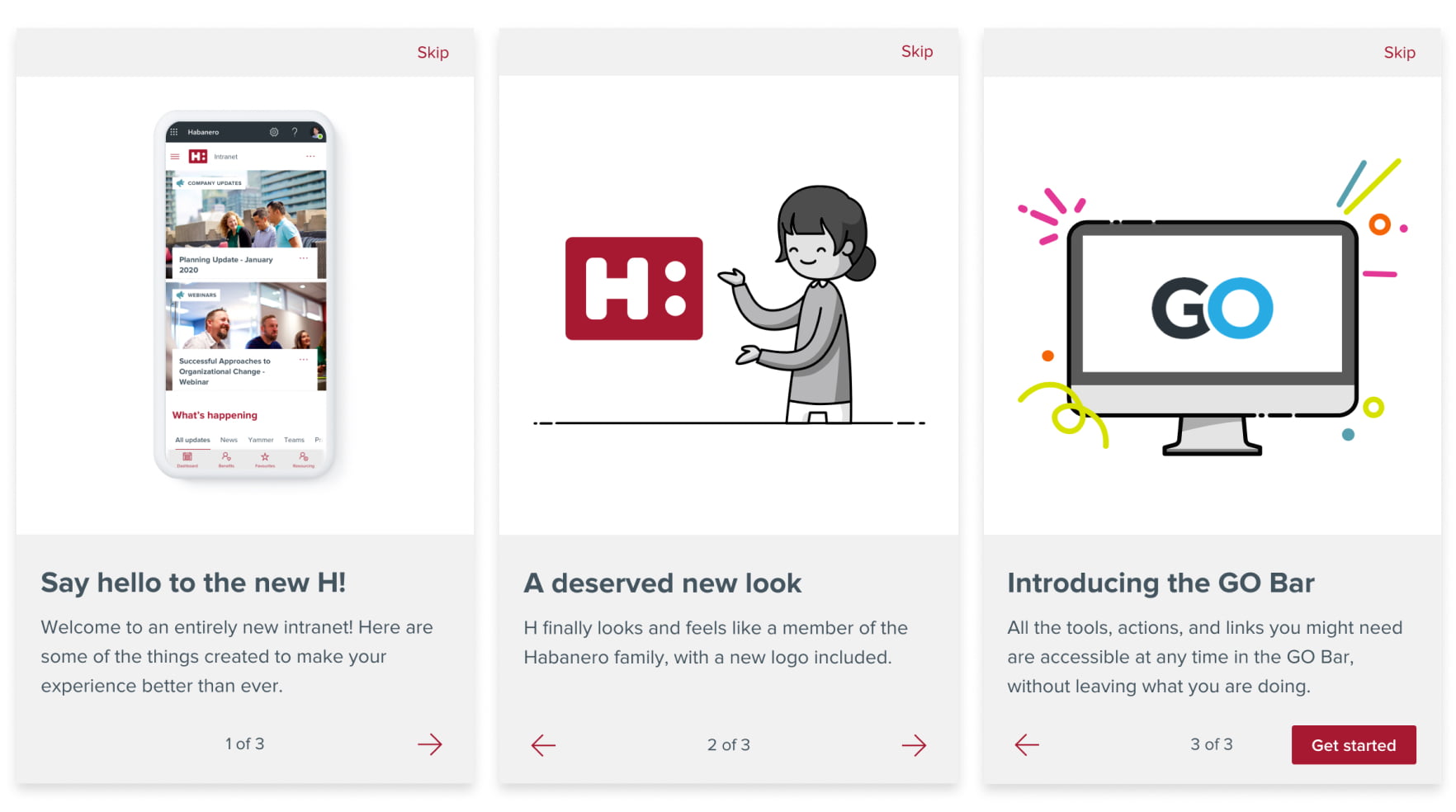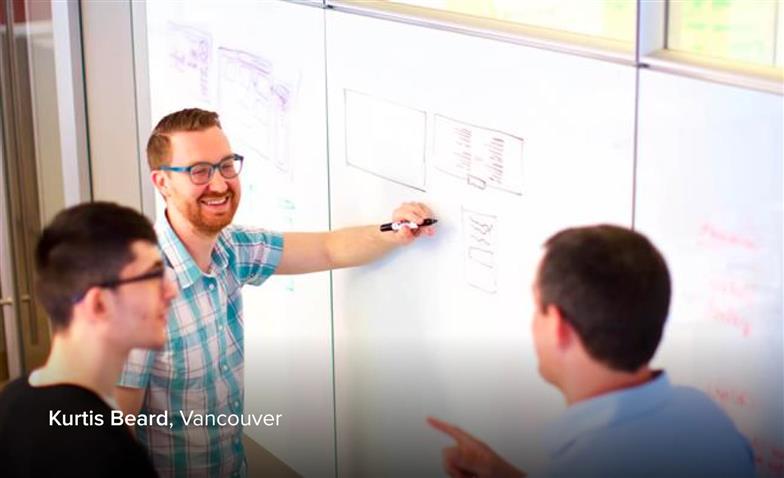Modern SharePoint offers a simple, consistent design to create mobile-friendly intranets, but many organizations wonder if it has the capabilities to showcase their strong culture and brand. The truth is that there are constraints to branding in modern SharePoint, but these creative limitations invite us to find new and innovative ways to bring your brand to life on your intranet. We know that you can create engaging, beautiful, well-designed intranets in the modern experience – because we’ve helped many organizations do just that.
Despite its limitations – or maybe because of them – designing on modern SharePoint can be a lot of fun. You’ll learn to think strategically about how your intranet fits into your digital workplace and you’ll find new ways to inject your brand elements in your intranet to create high impact. If you can do that, you’ll gain an intranet that can grow and refresh with your organization and something your employees will interact and engage with on an ongoing basis.
- What you need to know about designing within the modern experience
- How to leverage Microsoft’s design system to create a seamless experience across Microsoft 365
- How to use the Microsoft roadmap to make informed choices around customization
- Design strategies that will give you the biggest brand impact
The modern experience
Designing for modern SharePoint requires a different approach than working with the SharePoint classic experience. Here are a few essential things to understand about modern SharePoint to inform your design decision making:
It’s part of the holistic Microsoft 365 experience
With modern SharePoint, your intranet is, now more than ever, part of the Microsoft 365 ecosystem. It integrates seamlessly with Microsoft Teams, Yammer and other Microsoft apps and services, providing a consistent experience for employees. This changes the design decisions you make. You’ll need to think about how language, fonts and logos appear not just in your intranet, but also across all your apps and services.
It’s powered by Microsoft’s Fluent UI design system
Fluent UI is Microsoft’s design system that feeds into modern SharePoint, providing a framework for all your intranet’s design elements. Colours, fonts and graphics in modern SharePoint are all drawn from Fluent UI, giving you a strong foundation to work with and ensuring your intranet will be consistent with the rest of your Microsoft 365 experience.
It’s always evolving
Microsoft is continuously working on its apps and services in order to improve the user experience. You can check the publicly available Microsoft 365 roadmap to get a sense of upcoming changes and enhancements. If there’s a design element on your wishlist for modern SharePoint, keep an eye on the roadmap – it might be coming soon! It can help to have a technology partner who can help you see whether scheduled updates will meet your business needs, or if it’s worth investing in customization instead.
Understand the risks of customization
Working with modern SharePoint always involves some level of customization, so it helps to understand the risks and benefits of your design choices. The more you diverge from modern’s out-of-the-box capabilities, the greater the risk that your intranet will be impacted by one of Microsoft’s regular updates. Take a moderate approach and make the most of modern’s foundational elements when you can.
How to bring your brand to life on modern
To create great intranet experiences on modern SharePoint, focus on the elements that can really push your brand and connect strongly with your employees:
Leverage photography
Photography makes a design uniquely yours. Focus on great photography and you’ll bring your brand to life on your intranet. On modern SharePoint, you have the space to showcase your organization’s photos in a high-impact way that will elevate even a simple design.
Use graphics strategically
Consider creating your own graphics and use them in creative ways throughout your intranet for a cohesive brand experience. For example, branded banner graphics are a great alternative to photography in areas where photo cropping might be awkward. Banner graphics work to reinforce page topics, so when a user arrives on one of these pages, they’ll get a visual cue that tells them what they can expect on that page.
Be aware of all the places your graphics might show up within your Microsoft 365 apps and services. For example, if your organization uses Microsoft Teams, your intranet name and logo might show up in the sidebar. Your brand’s icons might be too complex to use in certain areas too, so use Microsoft’s Fluent UI icons where it makes sense. If you have custom branded icons, you don’t have to totally give them up – just get creative about how and where you use them.
Design for easy authoring
When designing in modern SharePoint, think about how it will be maintained in the long run by your content authors. You want to ensure it’s easy for them to make choices that will maintain your brand consistency.
With modern SharePoint, you can create different page layouts using out-of-the-box webparts. This is awesome, because you don’t need to know code in order to create beautiful pages, but it also makes it harder to maintain consistency. To mitigate this, you can create defined page types and templates for your content authors. This is especially useful if you have many content authors, as it gives you some control and consistency throughout your intranet.
Every intranet needs content guidelines, but with modern SharePoint, it’s even more important to be aware of the language you use throughout your intranet. Microsoft has made its own word choices throughout its products, and you need to be aware of where these appear in SharePoint, on the app and even within webparts. Make sure the language you’re using matches Microsoft’s design system to avoid causing duplicate or contradictory headings, for example, that lead to confusion.
Make the most of out-of-the box capabilities
With modern SharePoint, we recommend leveraging the out-of-the-box elements as much as possible, and then customizing when needed. Using your brand fonts and colours might seem like a no-brainer, but it’s not so straightforward. There are a few things to consider before you make those choices.
Microsoft uses the Segoe font across all its products, including modern SharePoint. If you choose to customize modern to use your own font on your intranet, it can impact the sizing and spacing in UI elements, such as buttons. Using Microsoft’s default font will give you a more consistent Microsoft 365 experience.
If you do want to customize elements like fonts and colours, try to use them strategically, to minimize the impact of Microsoft roadmap updates. Be aware, too, that they will only show up in SharePoint and not in any of your other Microsoft products. Customizing may bring you closer to your brand, but farther away from everything else in your Microsoft digital workplace.
Get creative
Modern SharePoint may have more rules than the classic SharePoint experience, but it’s a great opportunity to think differently about your design. Can you push your brand further? Look at your social channels, your website and your print materials – everything that embodies your brand – and find ways to be unique and innovative, while still staying true to you.
Don’t forget who you’re designing for! Think about the employee experience and find ways to create moments of delight wherever you can. Your intranet will be what you make of it. If there is an element or feature that would otherwise be quite bland, see if you can inject something fun, unexpected and beautiful that will add a bit of joy to someone’s day.
It’s all about balance
Modern SharePoint is changing the way we’re designing intranets. With classic, your intranet could be one of the strongest internal expressions of your brand. With modern, it instead becomes a subtle reinforcement of your brand and one part of the holistic Microsoft 365 experience that spans different apps and services. The secret to a great modern SharePoint intranet lies in making strategic design decisions that both reflect your brand and feel at home within the larger Microsoft 365 ecosystem. If you do this, the overall experience will resonate more strongly with your entire organization and help employees stay engaged and productive.
If you’d like to learn more about designing your intranet on modern SharePoint and working strategically with Microsoft’s roadmap, get in touch. We’d love to help.
